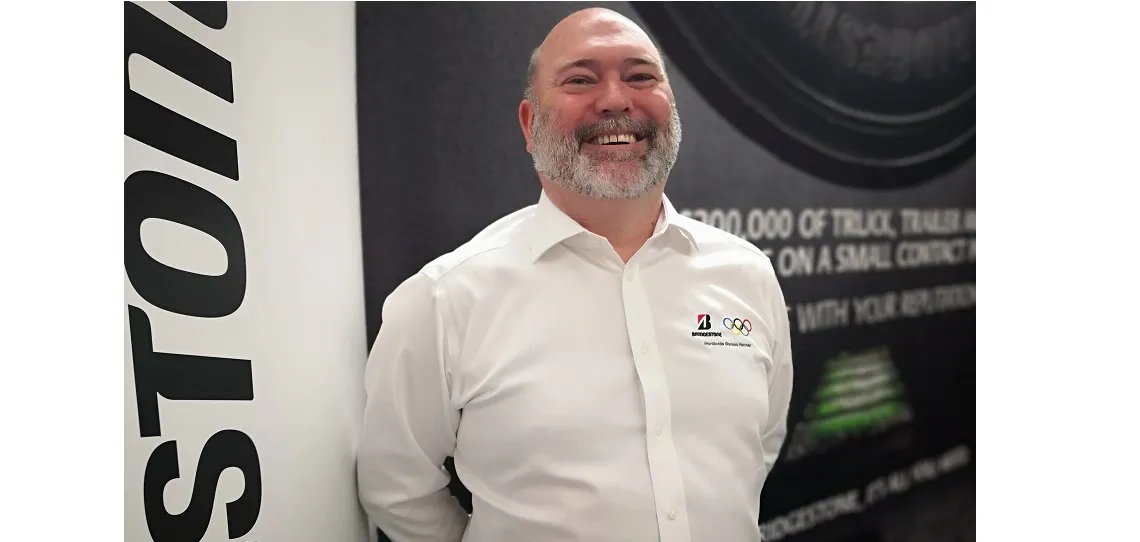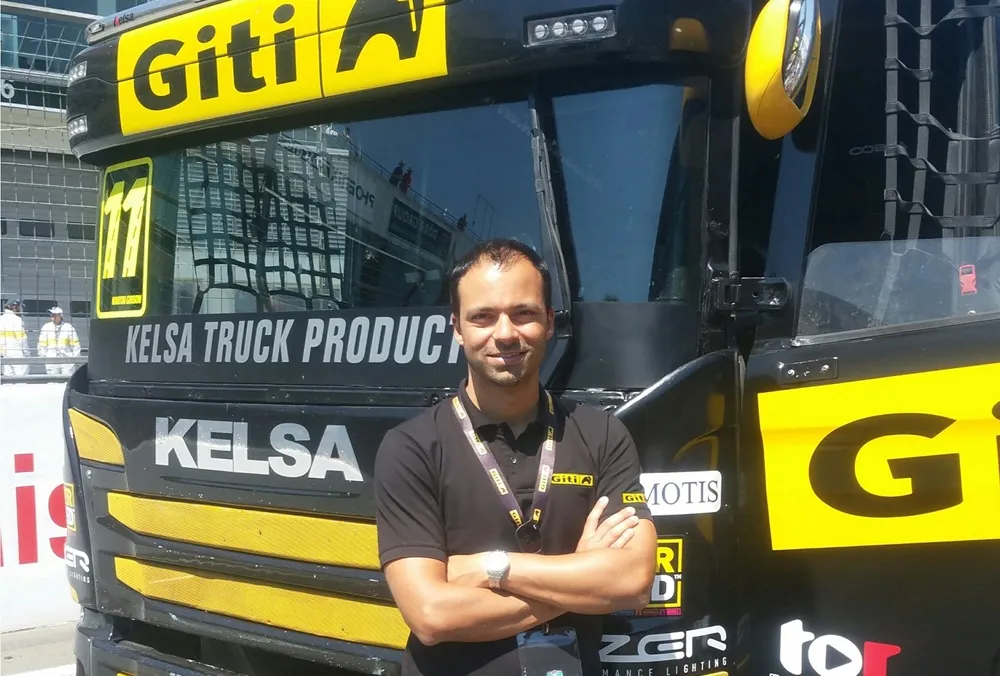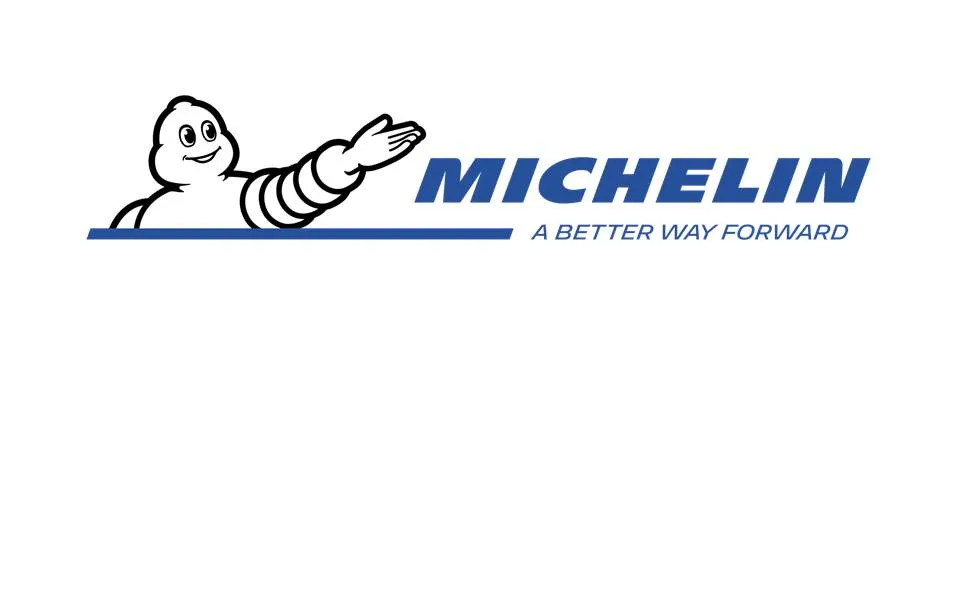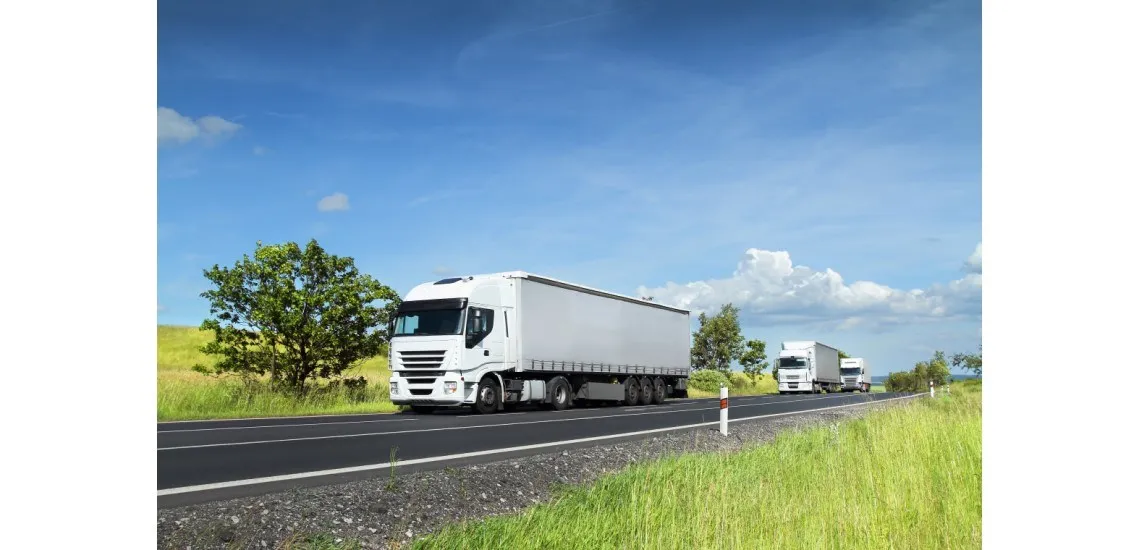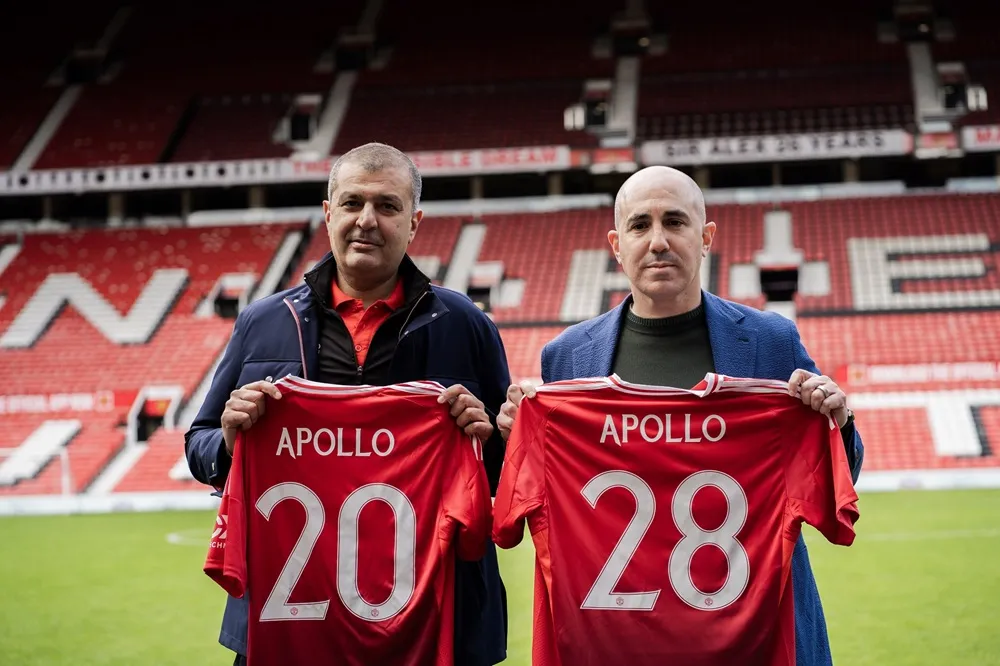Bus and coach Tyres have different markets and different specifications from truck tyres, they may look the same to the layperson, but the reality is that there are fundamental differences.
Bridgestone Bus and Coach Tyre Overview
Commercial Tyre Business asked Bridgestone for comments on our bus and coach tyre questionnaire. Initially, we asked, what are the key differences between the demands for coach tyres and the demands for truck tyres? Do you see the same variations between local buses and long-haul coaches that we see in the truck sector between regional and long-haul transport?
Justin Mason Bridgestone’s PSV Operations Manager in the UK responded; “The main difference between a coach tyre and a truck tyre is the noise generated from the tread pattern. The external noise generated by tyres is a factor for both trucks and buses. Still, with a passenger vehicle, we also have to consider the noise internally to ensure passenger comfort.
“A tyre for a local bus operator is very different to a coaching tyre. Even though city buses travel at low speeds compared to coaches, the local city bus tyres operate in a very harsh environment. This is why we have urban bus-specific tyres.
“Local bus tyres have many factors to deal with, variable & irregular loads, constant stop & start due to having to operate with the general traffic as well as the designated stops, footpath kerbing, sunken ironwork and traffic calming solutions like road humps, harsh steering to get in and out of bus stops, comfort for the passengers etc.”
Having asked that, we wondered what were the critical criteria for developing a bus or coach tyre – is ride more important, or is mileage the primary concern? Are there different criteria for different markets – are the tyres for Southern Europe the same as for those sold in the Nordic countries, for example?

Here, Mason handed over to the technical manager, Gary Powell, who said; “Sustainability is at the core of Bridgestone Europe NV/SA, whether that be tyre and rubber, tyre-centric solutions or mobility solutions. Concerning tyres and rubber, our urban bus tyre product U-AP002 is designed to achieve best-in-class rolling resistance, reducing CO2 emissions or extending battery range. Decreased noise for quiet 24-hour operation within megacities and heavily urbanised areas. In addition to excellent mileage and strong casing durability for multiple lives, so achieving competitive ‘Total Cost of Ownership’. These design features are now being demanded by passenger vehicle operators that are looking for sustainable urban mobility, as they also strive to be 100% sustainable. Finally, our U-AP002 tyre is a truly global product and designed for both Sothern & Northern including Nordic countries, as it is winter ready with three Peak Mountain with Snow Flake marked (3PMSF).”
As the market changes, with increasing numbers of electric buses and coaches on the road, we asked Bridgestone, what are the key criteria that EV operators are asking for?
Mason replies; “Currently, the bus sector is leading the way in electrification mainly due to where they operate and the distances that can be covered on a daily basis. Our customers are very focused on sustainability and require tyres that have a low RRC to maximise battery performance and reduce CO2, and the option of retreaded tyres which use 30% less raw materials to produce, reduced noise, a high load caring capacity, and ensuring safety first for their customers. “
Mason continues to comment on Bridgestone’s commitment to the market; “With our E8 Commitment and class-leading UAP2 bus product, combined with our flexible mobility solutions packages and the level of service we commit and deliver, we are alighted with what the bus sector wants/needs, working to the same sustainable, carbon neutral future to benefit society.”
We touched on retreading when discussing the Total Cost of Ownership. There has been some discussion about retreads on buses and coaches. Bridgestone gave their thoughts on the retreading of bus and coach tyres.
“Retreading is very much part of Bridgestone Europe NV/SA sustainability journey and is also heavily linked to our ‘E8 Commitment’, which is aligned to eight Bridgestone-like vectors for transformation (for example, Energy, Ecology, Efficiency, Extension, Economy, etc…).” Says, Powell.
“Therefore, retread usage within the passenger vehicle arena is essential and commonplace with Bridgestone’s existing customers, where we supply Bandag Bridgestone U-AP002 in both cold and hot retread products for drive axle usage. It should be noted that a Bridgestone new tyre is designed with a robust and durable casing for multiple retreading so that the Total Cost of Ownership can be minimised. It should also be flagged that our urban bus product U-AP002 is designed with a robust kerbing band, so protecting from sidewall scrub, which is a common PSV operational concern. Therefore, careful management of casings for PSV operation is essential, so we retain these high-quality U-AP002 casings in our retread product after their first life for our PSV customers.”
Again, having touched on sustainability several times, we rounded off the interview by discussing where Bridgestone’s bus and coach offer sits in the corporate sustainability strategy.
Powell concludes by talking about the Bridgestone E8 Commitment; “Bridgestone Environmental Mission Statement has three core pillars, in harmony with nature, value natural resources and reduce CO2 emissions. These three core pillars are our foundation stones for achieving 100% carbon neutrality and 100% sustainable by 2050. Linked to our ‘E8 COMMITMENT’, Bridgestone invests and develops products and solutions striving towards this end goal. We see this in our urban bus tyre product U-AP002, which is designed to achieve best-in-class rolling resistance, so reducing C02 emission or extending battery range and robust and durable casing for multiple retreading. We are now working on the next generation of urban bus tyre products that will deliver more and take us even further down the road of carbon neutrality and sustainability.
“Within Bridgestone’s ‘E8 Commitment’, we have ‘Ecology’, where we are committed to advancing sustainable tyre technologies and solutions that preserve the environment for future generations, and retread falls under this vector, as retread is a resource circulation business. In other words, it recycles worn-out tyres. It should also be noted that retread tyres use 1/3 of the raw materials compared to new tyres, which makes for great sustainability. In addition to the fact that retread manufacture is also better for the environment than purchasing new tyres, as retreading reduces carbon emissions by 24%. Therefore, retreading is crucial to Bridgestone’s sustainability journey.”

